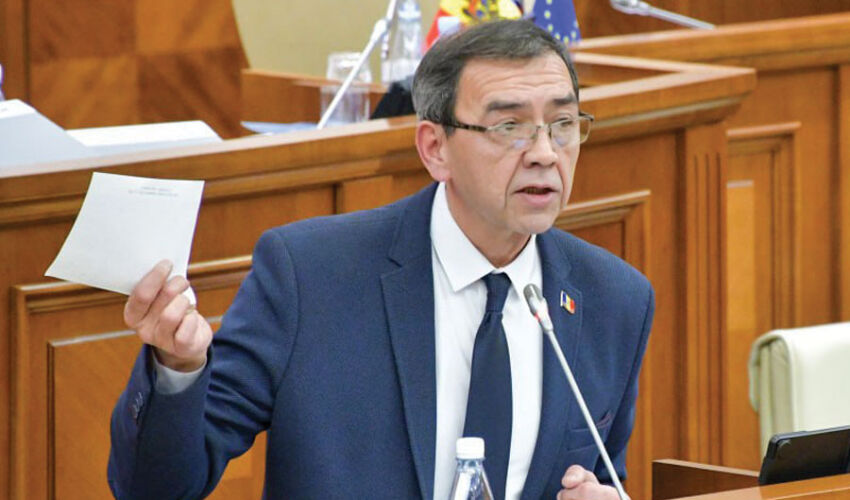
Vladimir Golovatiuc
According to the document, the state budget revenues amounted to 24,128.3 million lei in four months. Compared to the same period last year, they increased by 15.4%. Among them, the total taxes and fees this year reached 23,953.7 million lei by the end of April. And revenues from projects financed from external sources amounted to 174.6 million lei. Compared to last year’s indicator, this year they are 26.5% lower. At the same time, the state budget revenues, administered by the State Tax Service, increased by 10.5%, while the Customs Service – only by 4.9%. Previously, they were mostly at about the same level.
Expenses and non-financial assets amounted to 28,041.1 million lei in the period. Compared to the same period in 2024, they are higher by 12.1%. As a result, the execution of the state budget at the end of April 2025 ended with a deficit of 3,912.8 million lei. And since, in percentage terms, during this period, the growth of revenues was higher than the growth of expenditures, the level of the deficit was lower not only than in January-February of this year, but also in the previous year.
The sources of financing the budget deficit were internal borrowings in the amount of 7,491.2 million lei and external borrowings of 1,986.6 million lei.
Commenting on these data, Vladimir Golovatiuc said that the level of the budget deficit decreased compared to the previous year, which can be considered a positive factor. Especially since in 2023 it was significantly higher, which was criticized by the expert community and exceeded the EU minimum of 3% of GDP.
However, in the context of sources of deficit coverage, the budget has other strategic problems, the expert notes. To a large extent, the deficit reduction was due to the increased dependence of the budget on “other people’s” money – grants, as well as external and internal borrowings. This reflects such a high figure (31%) of the share of internal and external borrowings in the national public budget. But if last year, 18% of budget expenditures were financed from grants, external and internal borrowings during four months, this year – more than 23%.
At the same time, their weight in both budget items has increased this year. “The 41% increase in budget revenues in January-April 2025 is due to the growth of grants – 1.3 billion lei out of 3.2 billion lei,” he comments. – As for the budget expenditures, their 61% growth is determined by the increase in internal and external loans. So, without grants, external and internal loans, there would be no budget growth. Moreover, if we assume that in 2025 there would not be this financial support, the budget expenditures would have decreased by 3.4 bln lei (16%) in four months compared to last year. Let me remind you that the entire amount of labor remuneration from the state budget in January-April 2025 amounted to 4.4 billion lei, while transfers to the social fund amounted to 9 billion lei. That is, the payment of salaries and pensions would be in question”.
These figures show how capable the Moldovan economy in its current state is to ensure the inflow of resources in the amount necessary to fulfill the current social expenditures. At the same time, Vladimir Golovatiuc believes that there are no unconditional guarantees that Moldova will receive the necessary amount of borrowed funds in the future.
Economy is always primary. If it is functional, the budget will be filled at the level. Otherwise, the authorities need to look for means to fulfill social obligations, and this is a way to nowhere. It inevitably leads to a debt crisis with all the ensuing consequences, summarizes the expert.













